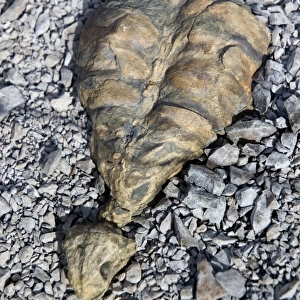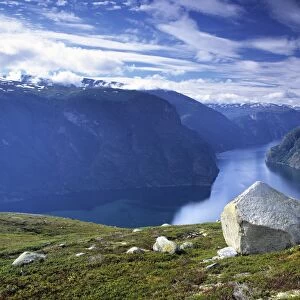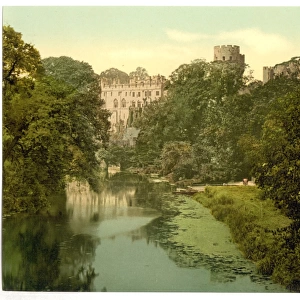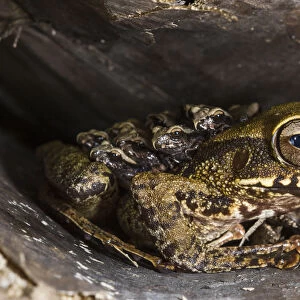Home > Animals > Extinct > Dinosaurs
Geosaurus suevicus, an extinct marine crocodyliform
![]()

Wall Art and Photo Gifts from Mary Evans Picture Library
Geosaurus suevicus, an extinct marine crocodyliform
Geosaurus suevicus, an extinct marine crocodyliform.. Colour printed (chromolithograph) illustration by F. John from Tiere der Urwelt Animals of the Prehistoric World, 1910, Hamburg
Mary Evans Picture Library makes available wonderful images created for people to enjoy over the centuries
Media ID 14211918
© Florilegius / Mary Evans
Creature Cretaceous Dinosaur Extinct Hamburg Jurassic Prehistoric Tiere Urwelt Crocodyliform
EDITORS COMMENTS
great question! Here's a potential 250-word caption for the print of Geosaurus suevicus: This stunning chromolithograph illustration by F. John, titled "Geosaurus suevicus," showcases an extinct marine crocodyliform that once roamed the Late Jurassic and Early Cretaceous seas. The Geosaurus suevicus, also known as the "Suevian Earth Lizard," is a fascinating creature in the history of prehistoric life. Measuring up to 10 meters (33 feet) in length, this marine reptile was characterized by its long, serpentine body, powerful limbs, and elongated snout filled with sharp teeth. Its name, Geosaurus, comes from the Greek words "geos" meaning earth and "sauros" meaning lizard. The suffix "suevicus" refers to its discovery in the region of Suevia, which is now part of Germany. The Geosaurus suevicus is believed to have lived in shallow coastal waters, feeding on fish, mollusks, and other marine organisms. Its powerful limbs were adapted for swimming, allowing it to navigate through the water with ease. This marine crocodyliform was also well-adapted to its aquatic environment, with a streamlined body and a set of flipper-like limbs that helped it maneuver in the water. Despite its impressive size, the Geosaurus suevicus is not considered a true dinosaur. Instead, it belongs to the order Crocodyliformes, a group of extinct and living reptiles that includes modern crocodiles and their extinct relatives. The discovery of marine crocodyliforms like the Geosaurus suevicus provides valuable insights into the diversity of life during the Late Jurassic and Early Cretaceous periods. This beautiful illustration by F. John, published in "Tiere der Urwelt" (Animals of the Prehistoric World) in 1910, offers a glimpse into the rich history of prehistoric marine life. The intricate details and vibrant colors bring the Geosaurus suevicus to life, making it a captivating addition to any collection of historical illustrations or prehistoric animal enthusiasts.
MADE IN THE USA
Safe Shipping with 30 Day Money Back Guarantee
FREE PERSONALISATION*
We are proud to offer a range of customisation features including Personalised Captions, Color Filters and Picture Zoom Tools
SECURE PAYMENTS
We happily accept a wide range of payment options so you can pay for the things you need in the way that is most convenient for you
* Options may vary by product and licensing agreement. Zoomed Pictures can be adjusted in the Cart.








